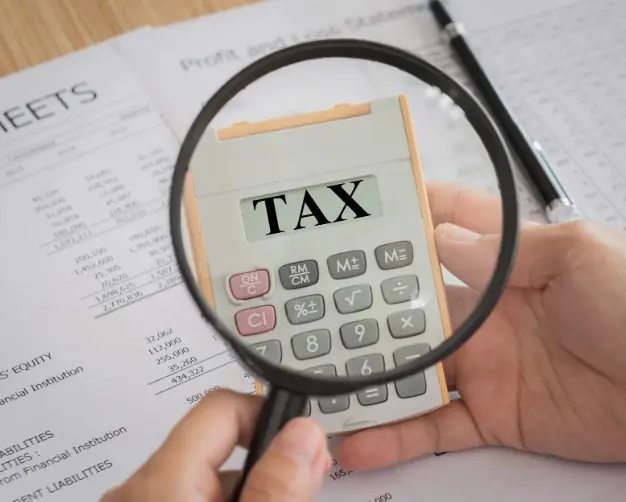Land and Building Transactions Tax (LBTT) is a tax applied to residential and commercial land and building transactions (including commercial leases) where a chargeable interest is acquired. Where a notifiable lease has been granted on or after 1 April 2015 then an LBTT return must be submitted by the tenant within 30 days of the effective date (the date the transaction completes). Even where no tax is payable a return may be required.
When is a lease notifiable?
Every commercial lease in Scotland is notifiable except where:
- The term of the lease is less than seven years and there is no LBTT payable
- The term of the lease is more than seven years but the rent does not exceed £1000 per annum and any premium does not exceed £40,000
How is LBTT calculated?
LBTT is calculated on the net present value (NPV) of the lease. The NPV is based on the annual rents across the lease term. A calculator can be found on Revenue Scotland’s website to assist with the calculation. It should be noted that if VAT is payable on the rent, the figures on the calculation should account for this.
The current rates of LBTT for rents are:
NPV of rent payable Rate of tax to apply
Up to £150,000 0%
Above £150,000 to £2,000,000 1%
Above £2,000,000 2%
LBTT may also be payable on chargeable consideration other than rent, such as a premium, in the following rates:
Chargeable consideration Rate of tax to apply
Up to £150,000 0%
Above £150,000 to £250,000 1%
Above £250,000 5%
Other returns
As well as the initial return, there are a number of other circumstances where the tenant is required to submit a further return to Revenue Scotland:
- Three-year review: the tenant is required to submit a return on every three-year anniversary of the effective date, even if there have been no variations to the lease. There is no requirement to submit a three-year review where full relief was claimed on the first LBTT return or an amendment to it. This includes Charities relief, Registered Social Landlord relief and Group Relief (where the landlord and tenant are both companies in the same group).
- Lease variations: the tenant is required to submit a return if the variation moves the lease into the scope of LBTT. Where the lease is already within the LBTT regime any variation will be captured at the three year review.
- Assignations: where a notified lease is assigned (transferred to a new tenant), the outgoing tenant must submit an LBTT return, accounting for any changes up to the date of the assignation.
- Termination: the tenant is required to submit a return when the lease comes to an end, whether early by renunciation, exercising of a break option or irritancy or at the end of the agreed term.
Commercial tenants should discuss LBTT considerations with their solicitor when entering into a new lease and should be aware of their on-going obligations to ensure they are compliant with Revenue Scotland’s requirements and to allow them to budget accordingly.
If you have any queries relating to LBTT or commercial leasing matters our commercial property team would be delighted to assist you.







